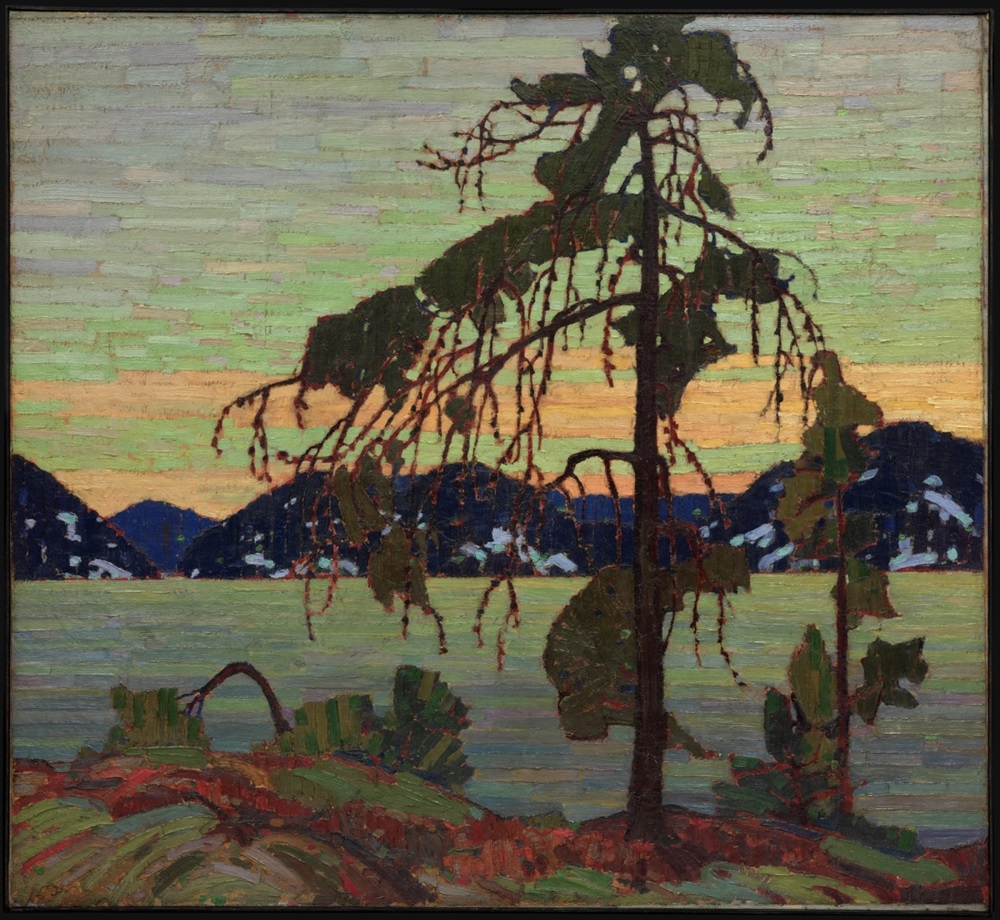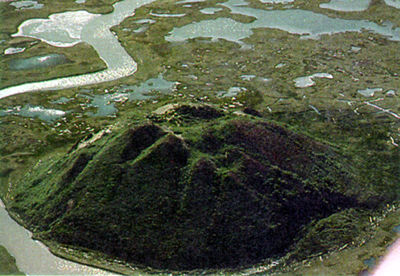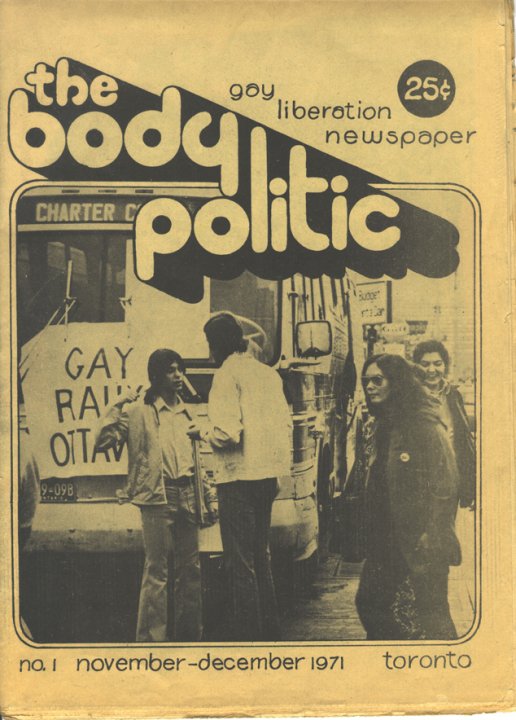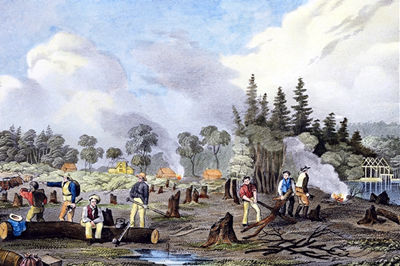Browse "Things"
-
Article
Pike
Pike is the common name for the group of 5 species of predaceous freshwater fish with elongated snouts, sharp teeth, cylindrical bodies and forked tails, belonging to family Esocidae, order Esociformes, class Actinopterygii.
"https://d2ttikhf7xbzbs.cloudfront.net/media/media/b3274c7c-a583-453e-9df1-19e86cd30f1d.jpg" // resources/views/front/categories/view.blade.php
https://d2ttikhf7xbzbs.cloudfront.net/media/media/b3274c7c-a583-453e-9df1-19e86cd30f1d.jpg
-
Article
Pine Trees in Canada
Canada is home to 10 species of pine trees. Distinguishable by their bundles of two, three or five needles, various species can be found throughout Canada’s provinces and the Yukon and Northwest Territories. These conifers can live for hundreds of years, with the oldest pine tree in the world being around 4,900 years old and located in Nevada. Two pine species are designated provincial trees in Canada: the lodgepole pine in Alberta and the eastern white pine in Ontario.
"https://d2ttikhf7xbzbs.cloudfront.net/pinetrees/The_Jack_Pine-_by_Tom_Thomson.jpg" // resources/views/front/categories/view.blade.php
https://d2ttikhf7xbzbs.cloudfront.net/pinetrees/The_Jack_Pine-_by_Tom_Thomson.jpg
-
Article
Pingo
A pingo is an ice-cored hill typically conical in shape, growing and persisting only in PERMAFROST. The word "pingo" is of Inuit origin and was first used in the English-language literature by the botanist Alf E.
"https://d2ttikhf7xbzbs.cloudfront.net/media/media/5e658751-a56e-4535-9950-f641ec565a97.jpg" // resources/views/front/categories/view.blade.php
https://d2ttikhf7xbzbs.cloudfront.net/media/media/5e658751-a56e-4535-9950-f641ec565a97.jpg
-
Article
Pink Triangle Press
In 1975, the informal collective that had founded Canada’s leading gay liberation newspaper, the Body Politic, in 1971 incorporated as Pink Triangle Press (PTP). Now one of the oldest producers of queer media content in the world, Pink Triangle Press is responsible for Xtra Magazine, the travel guide Pink Ticket Travel, multiple dating services and the 2021 documentary Small Town Pride.
"https://d2ttikhf7xbzbs.cloudfront.net/media/media/9983096905_bc6352ed8c_o.jpg" // resources/views/front/categories/view.blade.php
https://d2ttikhf7xbzbs.cloudfront.net/media/media/9983096905_bc6352ed8c_o.jpg
-
Article
Pinky Schooner
A Pinky Schooner was an ancient type of vessel adapted to a primitive sloop or schooner rig in the British North American colonies and widely used in the Maritime provinces until the early 1900s. Often less than 14 m long, they were cheap to build and ideally suited for fishing.
"https://development.thecanadianencyclopedia.ca/images/tce_placeholder.jpg?v=e9dca980c9bdb3aa11e832e7ea94f5d9" // resources/views/front/categories/view.blade.php
https://development.thecanadianencyclopedia.ca/images/tce_placeholder.jpg?v=e9dca980c9bdb3aa11e832e7ea94f5d9
-
Article
Pioneer Life
As each new area of Canada was opened to European settlement, pioneers faced the difficult task of building homes and communities from the ground up. Pioneer life revolved around providing the basic necessities of existence in a northern wilderness — food, shelter, fuel and clothing. Pioneering life was integral to family life and provided social stability for the settlement of a larger population across the country.
"https://d2ttikhf7xbzbs.cloudfront.net/media/media/e4a05698-f812-4056-9de1-b60785850314.jpg" // resources/views/front/categories/view.blade.php
https://d2ttikhf7xbzbs.cloudfront.net/media/media/e4a05698-f812-4056-9de1-b60785850314.jpg
-
Article
Pipelines in Canada
Pipelines are systems of connected pipes used to transport liquids and gases — namely oil and natural gas — across long distances from source to market. More than 840,000 km of pipelines criss-cross the country. They represent part of the oil and gas sector which directly and indirectly employs approximately 740,000 people. According to Natural Resources Canada, the sector earns the government an average of $20 billion in royalties, fees and taxes each year (see Natural Resources in Canada). It also contributes nearly 11 per cent of Canada’s gross domestic product. Pipelines, however, have been controversial in Canada. Pipelines help transport fossil fuels and research indicates that fossil fuel use, is significantly contributing to climate change. In recent years, Indigenous groups, environmentalists, municipalities and labour unions have opposed numerous pipeline projects due to the risk of contaminated local waterways from spills and leaks. (See also Environmental Movement in Canada).
"https://d2ttikhf7xbzbs.cloudfront.net/media/media/d582fdd1-da33-4f4e-bb6a-d3573745bd88.jpg" // resources/views/front/categories/view.blade.php
https://d2ttikhf7xbzbs.cloudfront.net/media/media/d582fdd1-da33-4f4e-bb6a-d3573745bd88.jpg
-
Article
Pipeline Debate, 1956
The Pipeline Debate, 8 May-6 June 1956, was one of the most famous confrontations in Canadian parliamentary history.
"https://d2ttikhf7xbzbs.cloudfront.net/media/media/5b52b570-6e9b-476a-94a9-af4ca135ac51.jpg" // resources/views/front/categories/view.blade.php
https://d2ttikhf7xbzbs.cloudfront.net/media/media/5b52b570-6e9b-476a-94a9-af4ca135ac51.jpg
-
Article
Pipit
Pipit is the common name for some birds of the family Motacillidae, which also includes wagtails.
"https://development.thecanadianencyclopedia.ca/images/tce_placeholder.jpg?v=e9dca980c9bdb3aa11e832e7ea94f5d9" // resources/views/front/categories/view.blade.php
https://development.thecanadianencyclopedia.ca/images/tce_placeholder.jpg?v=e9dca980c9bdb3aa11e832e7ea94f5d9
-
Article
Piracy in Canada
Piracy is traditionally defined as the seizure and robbery of craft at sea or in the air. Though piracy had only a small role in Canada’s history, it has been the subject of legendary tales over the years. Pirates traversed the Atlantic coast of the country during the 17th and 18th centuries, plundering and causing mayhem wherever they went. Stories about pirates like Peter Easton and Bartholomew Roberts remain a part of local histories. While maritime piracy is no longer a significant threat in Canada, it remains so in parts of Asia, Africa, South America and Central America. The Canadian Armed Forces have assisted in anti-piracy missions in various parts of the world. In the modern age, piracy has taken on new forms, such as virtual crime and digital theft. Online piracy poses threats to the Canadian people, industries and economy.
"https://development.thecanadianencyclopedia.ca/images/tce_placeholder.jpg?v=e9dca980c9bdb3aa11e832e7ea94f5d9" // resources/views/front/categories/view.blade.php
https://development.thecanadianencyclopedia.ca/images/tce_placeholder.jpg?v=e9dca980c9bdb3aa11e832e7ea94f5d9
-
Article
Pit House
A pit house is a type of dwelling historically used by various Indigenous peoples living in the Plateau region of Canada. Partially built into the ground, pit houses provided warmth and shelter during the winter season. While pit houses no longer serve as common dwellings, they retain cultural significance for many Indigenous peoples. Archeological remains and replicas of pit houses can be found in various parts of Canada. (See also Architectural History of Indigenous Peoples in Canada.)
"https://d2ttikhf7xbzbs.cloudfront.net/media/media/f78eb160-4435-47f0-b8d4-d0694aa6ac55.jpg" // resources/views/front/categories/view.blade.php
https://d2ttikhf7xbzbs.cloudfront.net/media/media/f78eb160-4435-47f0-b8d4-d0694aa6ac55.jpg
-
Article
Pitcher Plant
Pitcher plant is the common name for certain perennial herbs adapted to wet, marshy and boggy habitats low in nutrients. They have rosettes of leaves that are modified into tubular, trumpet-like structures filled with liquid that function as insect traps. The plants generally bear a single, large nodding flower. Canada is home to only one species, the purple pitcher plant (Sarracenia purpurea).
"https://d2ttikhf7xbzbs.cloudfront.net/media/widgets_images/pitcherplant/Ptcher-Plant.jpg" // resources/views/front/categories/view.blade.php
https://d2ttikhf7xbzbs.cloudfront.net/media/widgets_images/pitcherplant/Ptcher-Plant.jpg
-
Article
Place Names
Canada has about 350,000 official place names. These include names of populated places, water bodies (e.g. lakes) and geographical features (e.g. mountains).
"https://d2ttikhf7xbzbs.cloudfront.net/media/media/26c8ac6d-be78-4acc-9097-9854b0762516.jpg" // resources/views/front/categories/view.blade.php
https://d2ttikhf7xbzbs.cloudfront.net/media/media/26c8ac6d-be78-4acc-9097-9854b0762516.jpg
-
Editorial
The 1885 Montreal Smallpox Epidemic
The following article is an editorial written by The Canadian Encyclopedia staff. Editorials are not usually updated. In 1885, smallpox gripped the city of Montreal.
"https://d2ttikhf7xbzbs.cloudfront.net/media/media/9fb27681-8151-488a-a060-ebd52923eb52.jpg" // resources/views/front/categories/view.blade.php
https://d2ttikhf7xbzbs.cloudfront.net/media/media/9fb27681-8151-488a-a060-ebd52923eb52.jpg
-
Macleans
Plan to Remake Canada
The new Maritime quest for unity began during those achingly anxious hours when Quebecers counted their ballots and decided the fate of the entire country. As the tally in last October's referendum seesawed back and forth, Liberal MP George Rideout, a former mayor of Moncton, N.B.This article was originally published in Maclean's Magazine on February 5, 1996
"https://development.thecanadianencyclopedia.ca/images/tce_placeholder.jpg?v=e9dca980c9bdb3aa11e832e7ea94f5d9" // resources/views/front/categories/view.blade.php
https://development.thecanadianencyclopedia.ca/images/tce_placeholder.jpg?v=e9dca980c9bdb3aa11e832e7ea94f5d9
